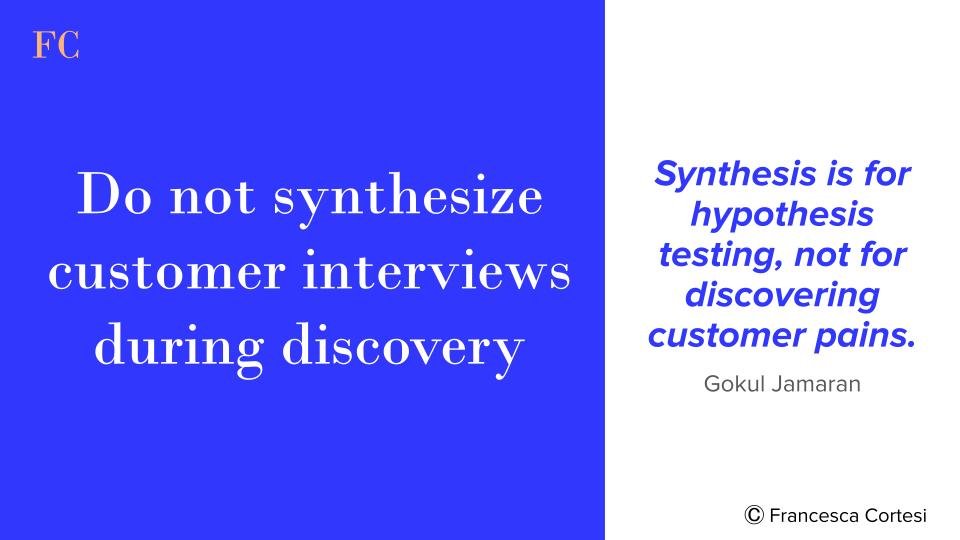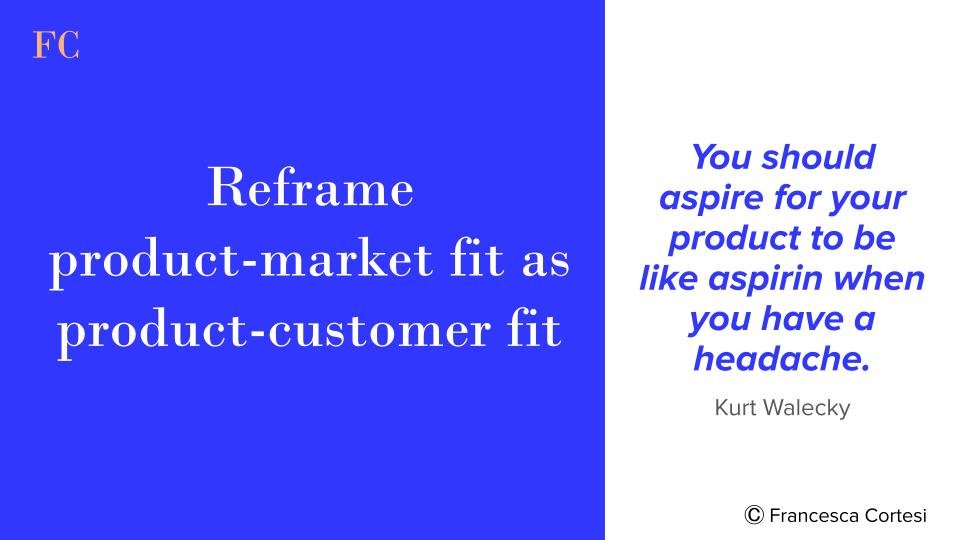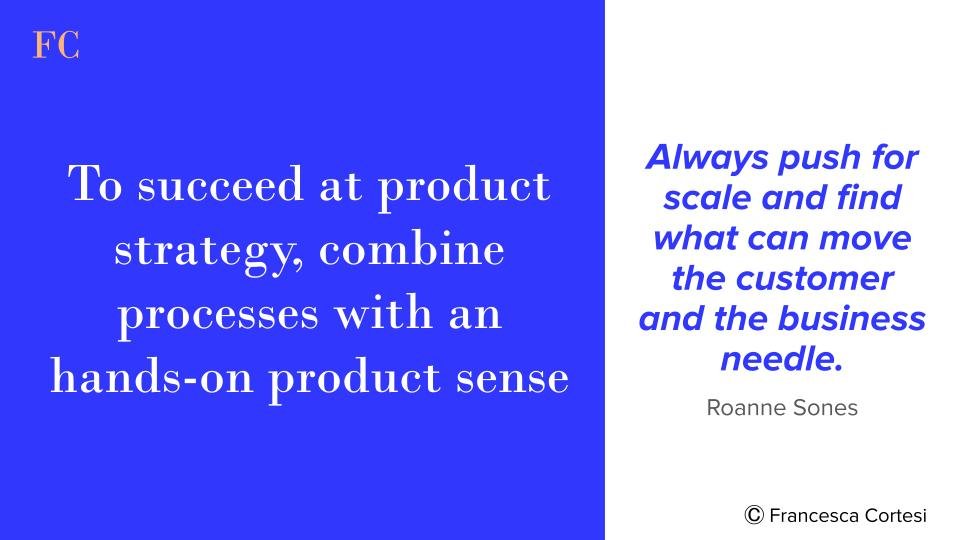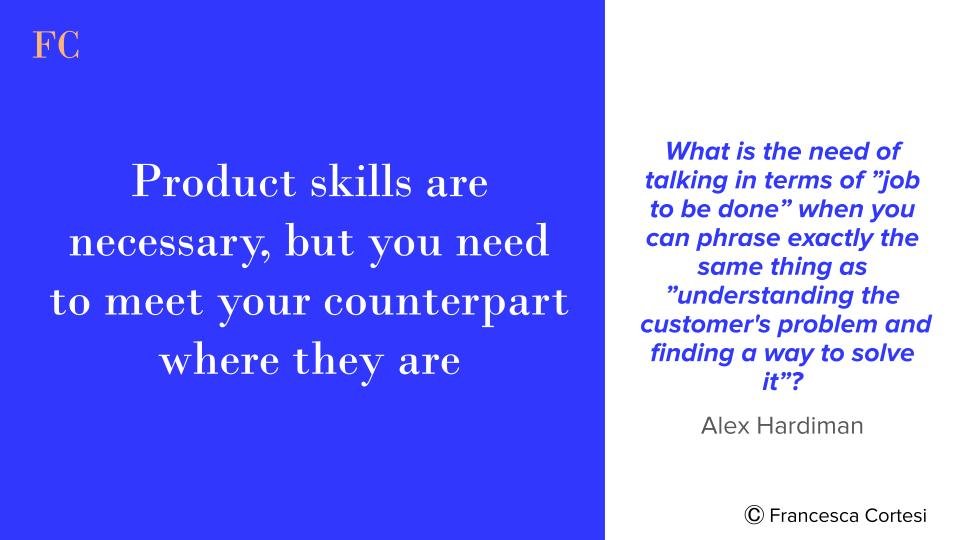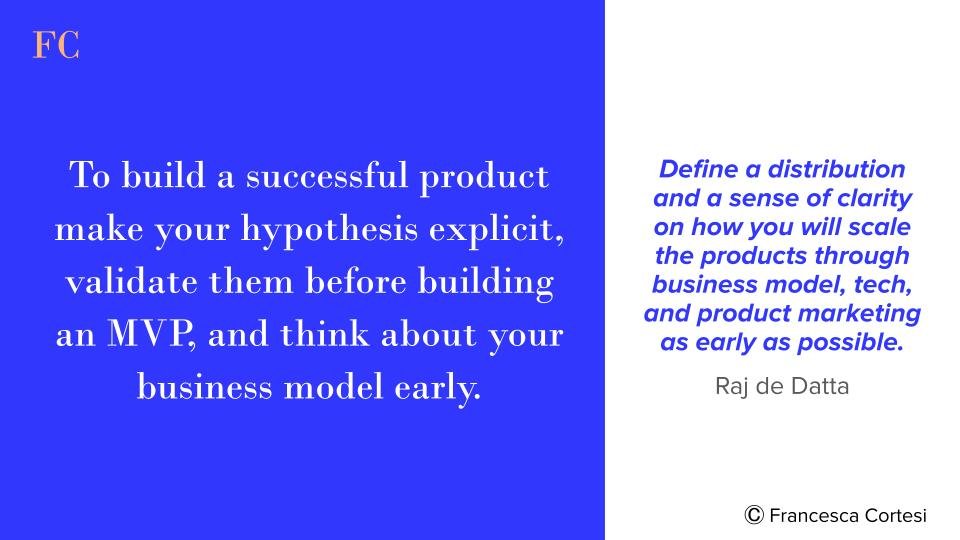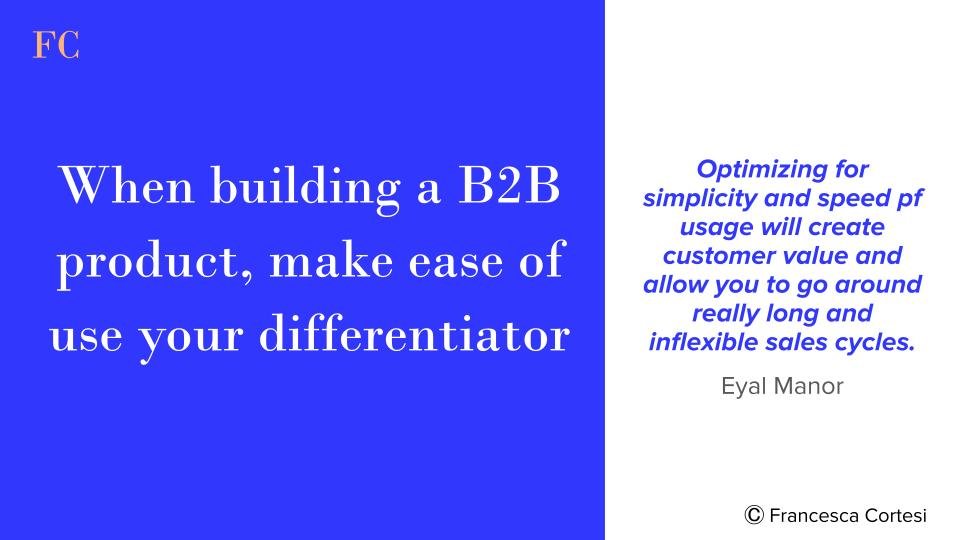Product lessons from the McKinsey Product Academy
To me, one of the most inspiring things happening in product lately is the raise of product communities. More and more brains interested and working with product development generously engage, and share learnings (and pains) with like-minded people. I really love this type of collaboration, enabling the entire product community to learn faster.
In the spirit of learning from the best and getting inspired, I attended McKinsey product Academy. A series of seminars where A-listers in product shared their ideas and thoughts on different topics: from empowerment to innovation, product thinking, and customer advocacy.
These are my takeaways from great product leaders that were part of the course.
Do not synthesize customer interviews during discovery, if you do, you are missing the point of keeping your mind open to inputs.
This one was a true eye-opener from Gokul Jamaran. Many times I find myself trying to summarize what I have listened to, or only read some kind of summary of the interviews. But inevitably when making a shorter version, you are also going to make a point, which goes in the opposite direction of what discovery should be: a generative and explorative exercise. Synthesis is for hypothesis testing, not for discovering customer pains.
Reframe product-market fit as product-customer fit to actually create long-term business value.
In the words of Kurt Walecky, the most important thing to create customer value is to find a real problem and solve it, making your customer's life a bit better. You should aspire for your product to be like aspirin when you have a headache.
For this reason, to prove the value of a product he suggests reframing product-market fit to product-customer fit and shifting your mind from TAM to user value. It is about finding the really narrow user case you should start with, make the customer use your product, come back, and recommend it. And then grow from there. It really reminded me of the atomic network that Andrew Chen talks about in his book.
Product value creation means thinking about being generative before thinking about what you can extract from your product.
Define product guiding principles as a way to drive responsible product management. This is a way to start the equation with value and think in a generative way and not in an extractive way. Yet again another way of reminding us all that customer value should always be our leading star.
To really succeed at product strategy, you do not need a theoretical process, but a real hands-on product sense.
There is no one-size fits all way of creating a good product strategy, but as a leader, there are two key elements to it: understand what scale means and create clarity for the people around you working with it. In Roanne Sones’s experience, the key to success is always to push for scale, and understand which kind of ideas are the ones that have the biggest potential to create customer and business value. And only then be really intentional in focusing all your execution energy on it. It is not about how much you do, but the needles you are able to move by knowing your customers inside-out, and solving problems for them in a way that nobody else can copy.
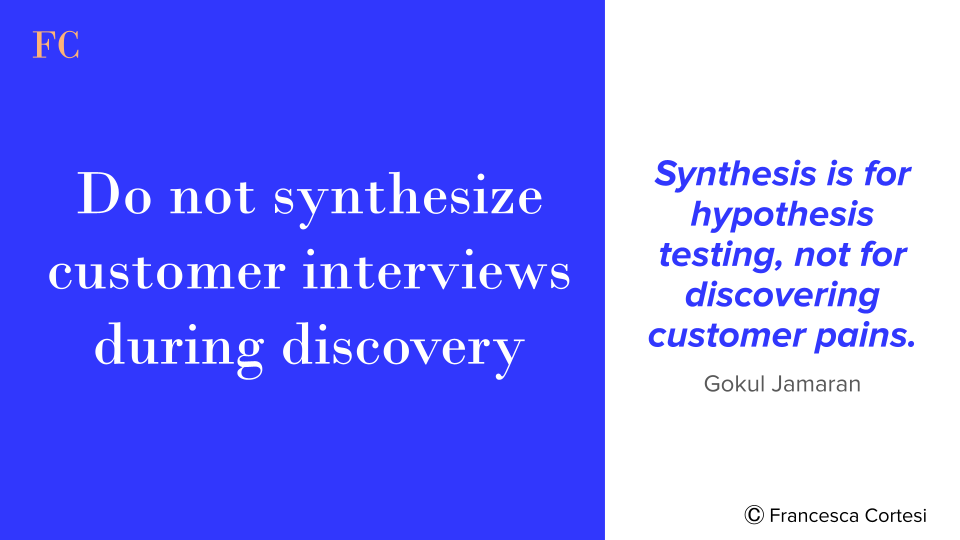
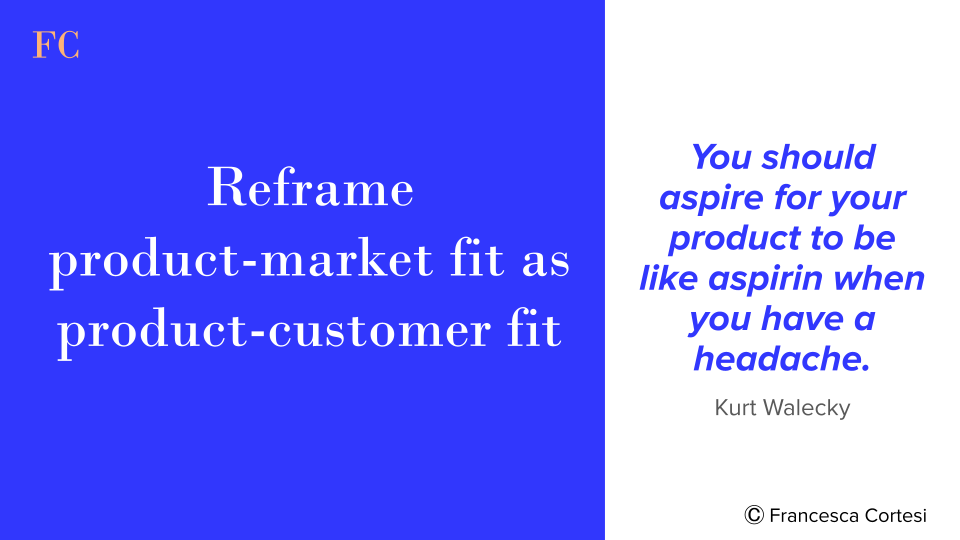
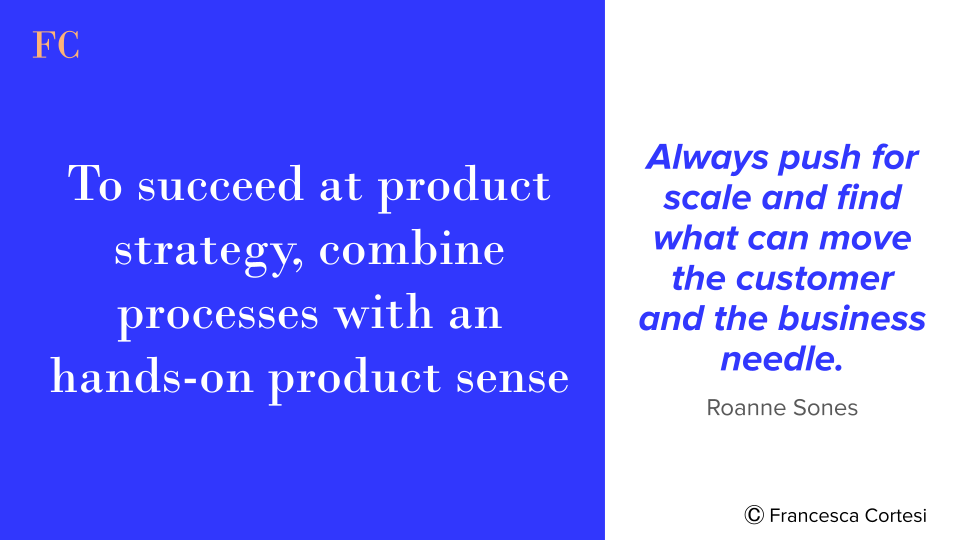
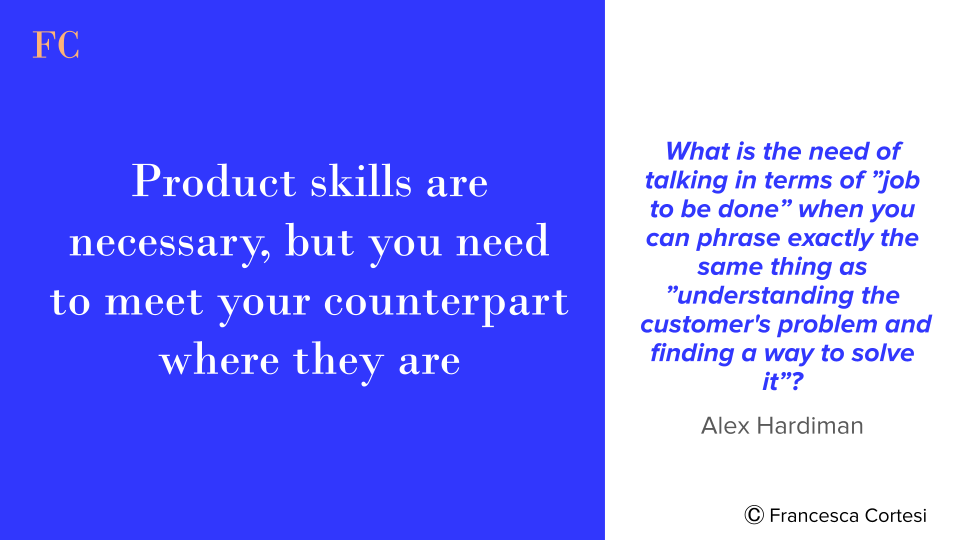
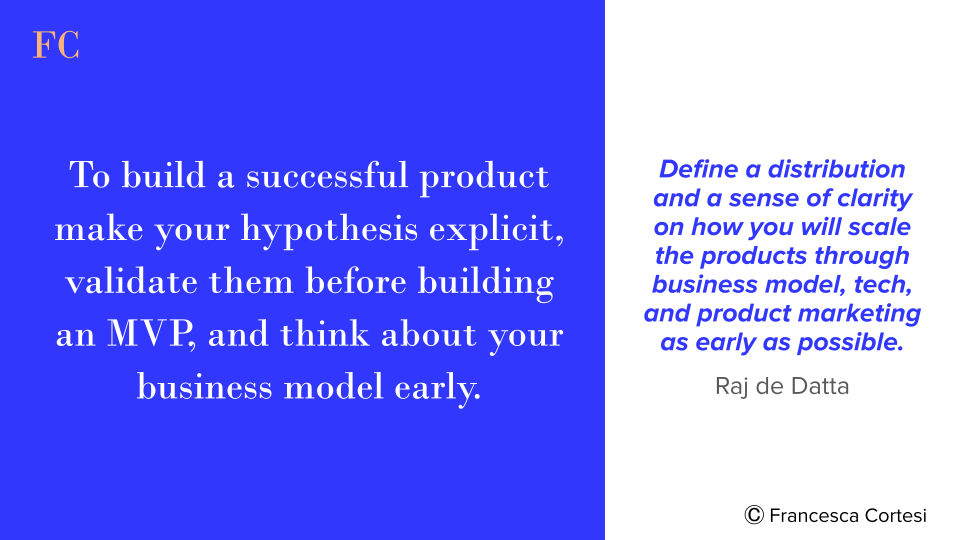
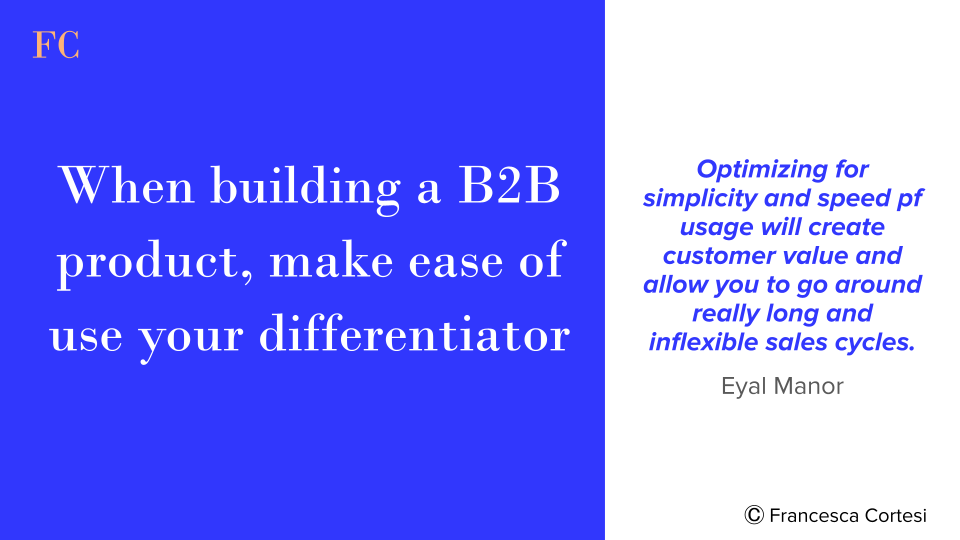
Product skills are more important than ever, but make sure you always meet your counterpart where they are
Alex Hardiman's talk about product development outside tech companies was the one that inspired me the most. She shared her experience building a product organization at The New York Times, and pointed at some powerful ingredients that were successful for her:
Use the vision to align everyone towards the same goal. Make sure it is simple and understandable for everyone.
Build an organization that supports that vision, and organize cross-functionally to best work together.
To bring people together avoid jargon and always prefer the clarity of language. For example, what is the need of talking in terms of ”job to be done” when you can phrase exactly the same thing as ”understanding the customer's problem and finding a way to solve it”? The latter will get direct buy-in from everyone much easier.
Even though the context was different, I think that these principles are applicable to all product organizations in some form.
To build a successful product make your hypothesis explicit, validate them before building an MVP, and think about your business model early.
In Raj de Datta's experience, the secret ingredients to building a successful product are continuous hypothesis validation combined with business fit. He argues that there are 3 really distinct phases of product market fit:
Hypothesis validation should be explicit and really verified with the market before building an MVP. In this phase, you really have to focus on getting feedback on the hypothesis you have, and not on the solution. If you present to the market a solution, you will only get feedback about the solution itself which could limit what your product could really achieve.
Define a distribution and how you will scale the product both through the business model, tech, and product marketing. Determine all the different components of how you will monetize your product at an early stage is key to having a glimpse at the product scalability
Keep on working with your product market fit, as it is only an initial milestone and not something static. As your product evolves, you will have to cater to new needs, and also need to be paranoid about who could disrupt you by constantly innovating yourself.
When building a B2B product, make ease of use your differentiator
Eyal Manor shared his experience building platform products and pointed at simplicity as a true differentiator for B2B products.
The secret is to identify the most important customer usage and behavior in context and optimize for it. B2B customers also expect simple and quick actions, so by optimizing for simplicity and speed of usage you can give the customers what they want and at the same time allow you to go around long and really inflexible sales cycles. Leveraging a fully automated way of selling a product will lead to product lead growth and push scale, while sales will work on LTV.

